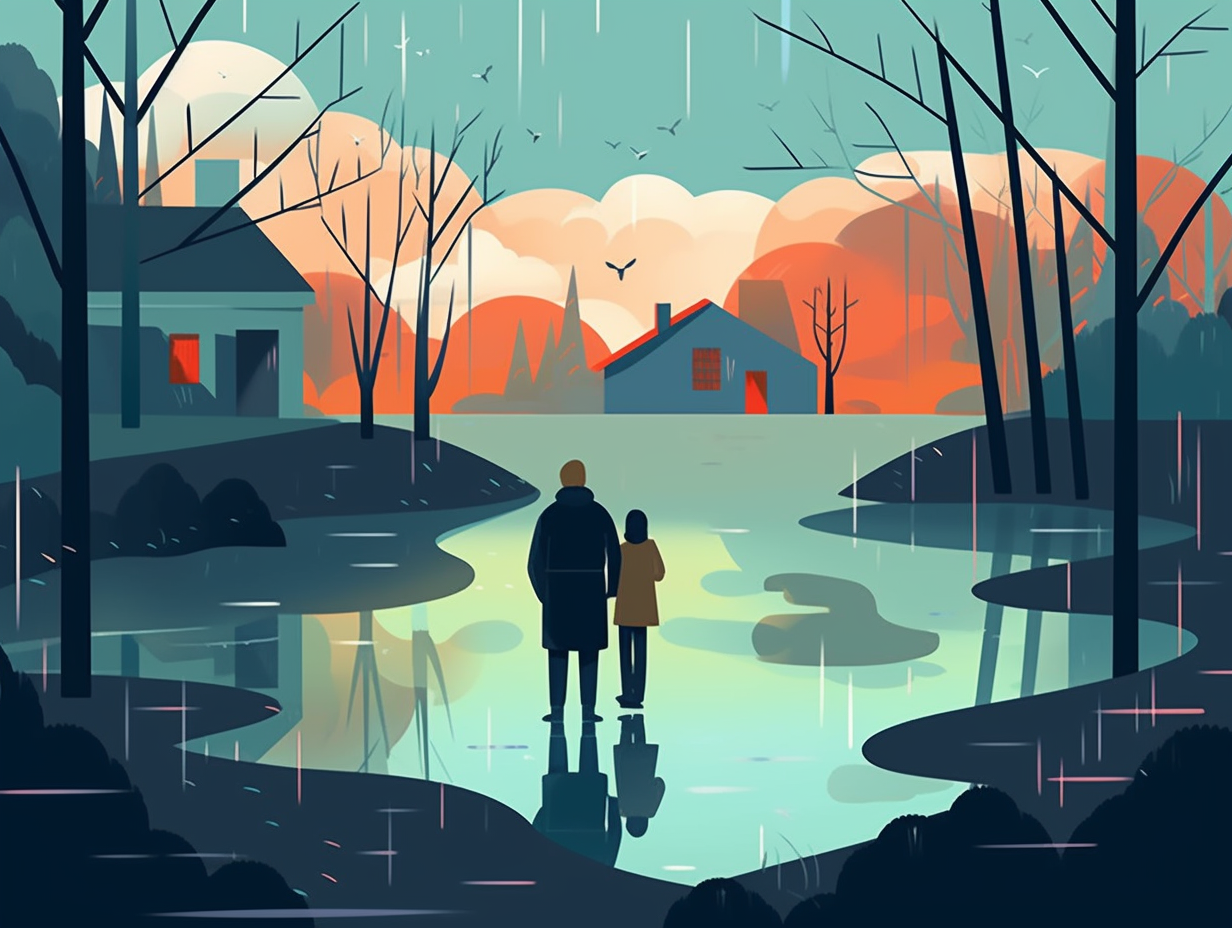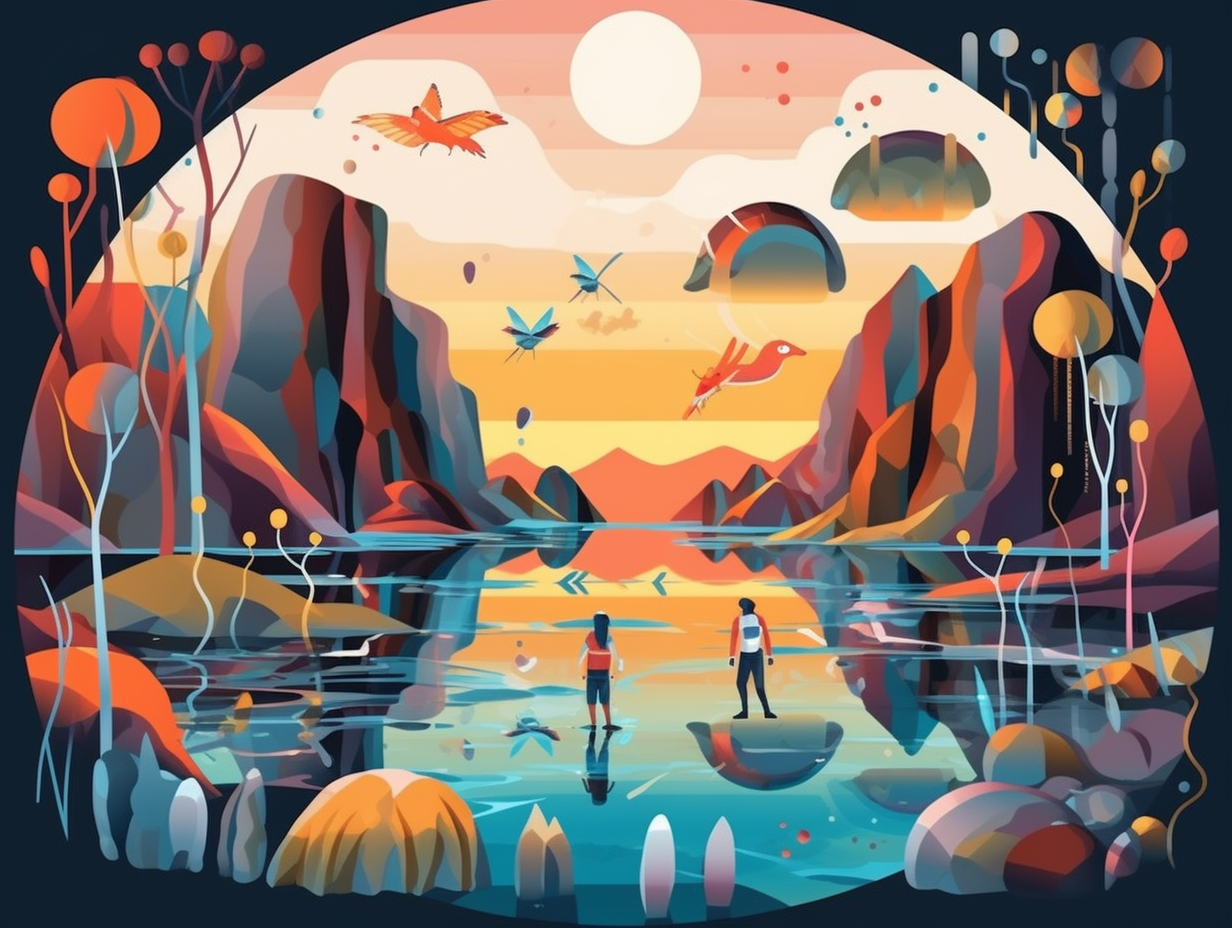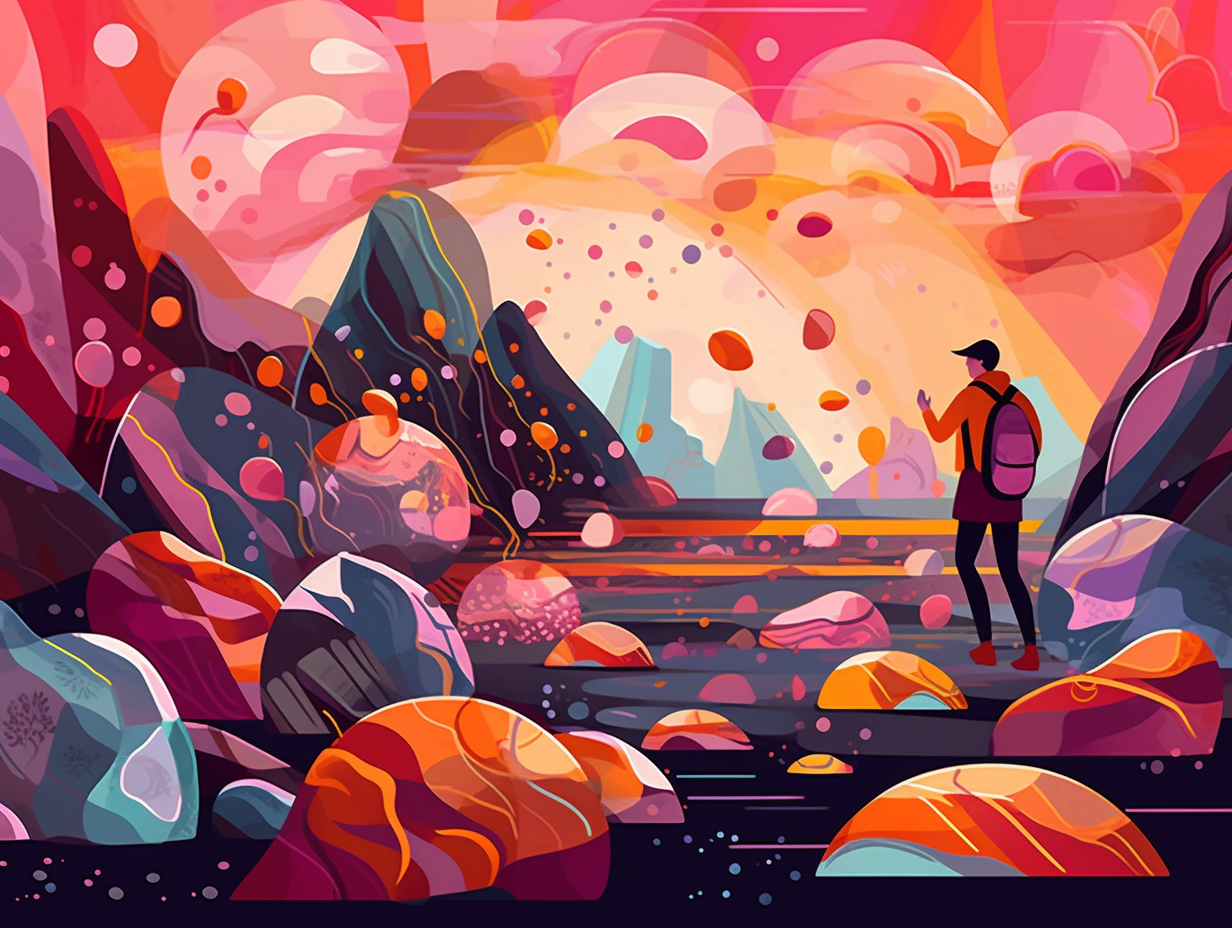Discover the Top 13 Fascinating Water Cycle Fun Facts That Will Blow Your Mind!

1. Hail of a Party
When Mother Nature throws a "hail of a party" featuring ice-cold dance moves from Snow, Freezing Rain, and the charming Sleet: the guest list for precipitation events isn't limited to rain, but also includes snow, hail, sleet, and freezing rain – all brilliantly choreographed in the atmospheric dance studio known as the water cycle.
Source => usgs.gov
2. Where's Waldo with H2O
Have you heard about Earth's nearly impossible game of "Where's Waldo with H2O"? Turns out, it's more challenging than you'd expect: only 3 percent of our planet's water is easily accessible for human use in rivers and lakes, while a staggering 97 percent is hidden away in the ocean, acting as the grand maestro of the water cycle and pulling strings from precipitation patterns to ocean currents.
Source => oceanservice.noaa.gov

Did you know that raindrops act as natural cleaning agents for our environment? Discover how they purify the atmosphere by collecting pollutants like soot and sulfates! 🌧️✨
=> Fun Facts about Rain
3. Invisible Raindrops: Virga
Raindrops Keep Falling on My Head... or do they? Sometimes, the clouds decide to hold back a surprise plot twist just like an invisible cloak in Harry Potter's world: meet "virga," a phenomenon where raindrops evaporate before reaching the ground due to dry air. Although the radar shows rain, only a few sneaky sprinkles might make it to the surface. Meteorologists reveal that 20-25% of all rain actually gets trapped in this mysterious vanishing act!
Source => ksat.com
4. Humidity Strikes Back
The humidity strikes back: a true, sweaty tale of how warm air loves being clingy with water vapor much like an overly attached heat-trapping blanket. The cooler counterpart, however, is a different story, opting for the less-is-more approach and keeping a drier distance from moisture: This dynamic difference in moisture capacity depending on air temperatures translates to humid days feeling hotter and sweat refusing to abandon us, whereas cooler days pack a more arid punch for the air around us.
Source => noaa.gov
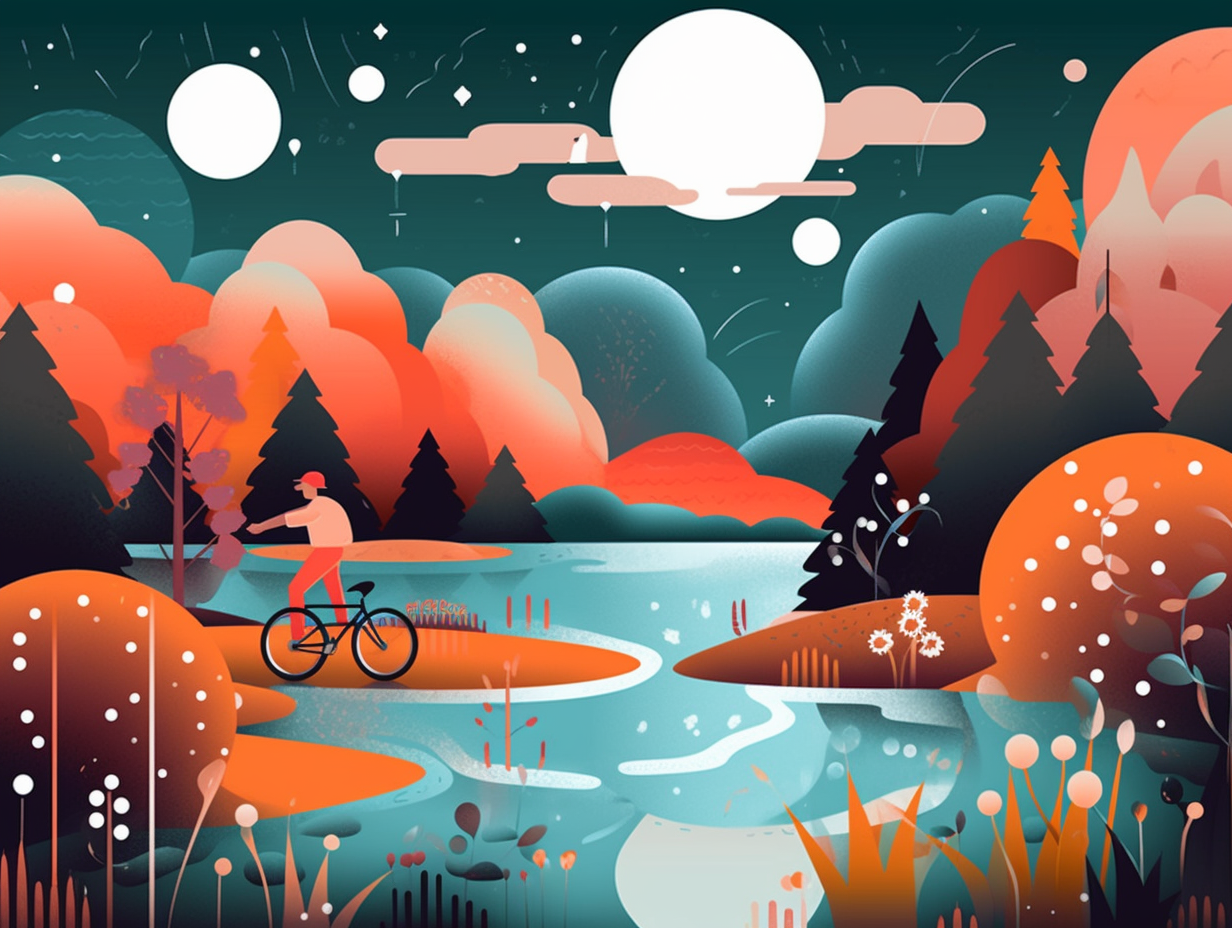
5. H2Olympics: Plants & Water
Did you ever wonder why cornfields seem like the perfect spot for a thirsty scarecrow party? Or why an oak tree looks like it could host an annual woodland hydration convention? Here's the not-so-dry truth: An acre of corn can guzzle and release about 3,000-4,000 gallons of water daily through transpiration, while a large oak tree manages to glug down and expel a whopping 40,000 gallons per year. That's a whole lot of H2Olympics happening right in your backyard, and it contributes to 10% of the atmospheric moisture on Earth!
Source => delfinamazoncruises.com
6. Urban "Sweatuation"
You might call it the "sweatuation" of the big city: Human perspiration contributes a significant amount of water to the urban water cycle in megacities like Beijing, although its overall planetary goodness remains unstudied.
Source => ncbi.nlm.nih.gov
7. Salty Sea Equilibrium
Ahoy, mateys! The ocean isn't just a receptacle for salty tears or a soothing bath for pirates after a long day of swashbuckling: The salt content of the sea is stable and not increasing, as dissolved salts are being added and removed from seawater at similar rates to form new minerals at the ocean's bottom.
Source => utdallas.edu
8. Freezing Rain's Icy Party
Winter's treacherous sibling, freezing rain, sure knows how to throw an icy party: It's born when innocent snowflakes melt in the warm air layer above before speed-dating freezing air near the ground, turning into "supercooled" drops who instantly freeze up at even the mere touch of a freezing surface like the ultimate commitment-phobic partner.
Source => weather.gov
9. Slow-Mo Groundwater Renewal
Water you waiting for – the next Ice Age? Rest assured, there's a bit of Earth's H2O that might just take that long to reappear: Turns out, some groundwater can take up to 1,400 years to renew itself in areas with low development, thanks to the sluggish pace of subterranean water movement. That's plenty of time to perfect our water management routines to keep this precious resource flowing for generations to come!
Source => nwrfc.noaa.gov
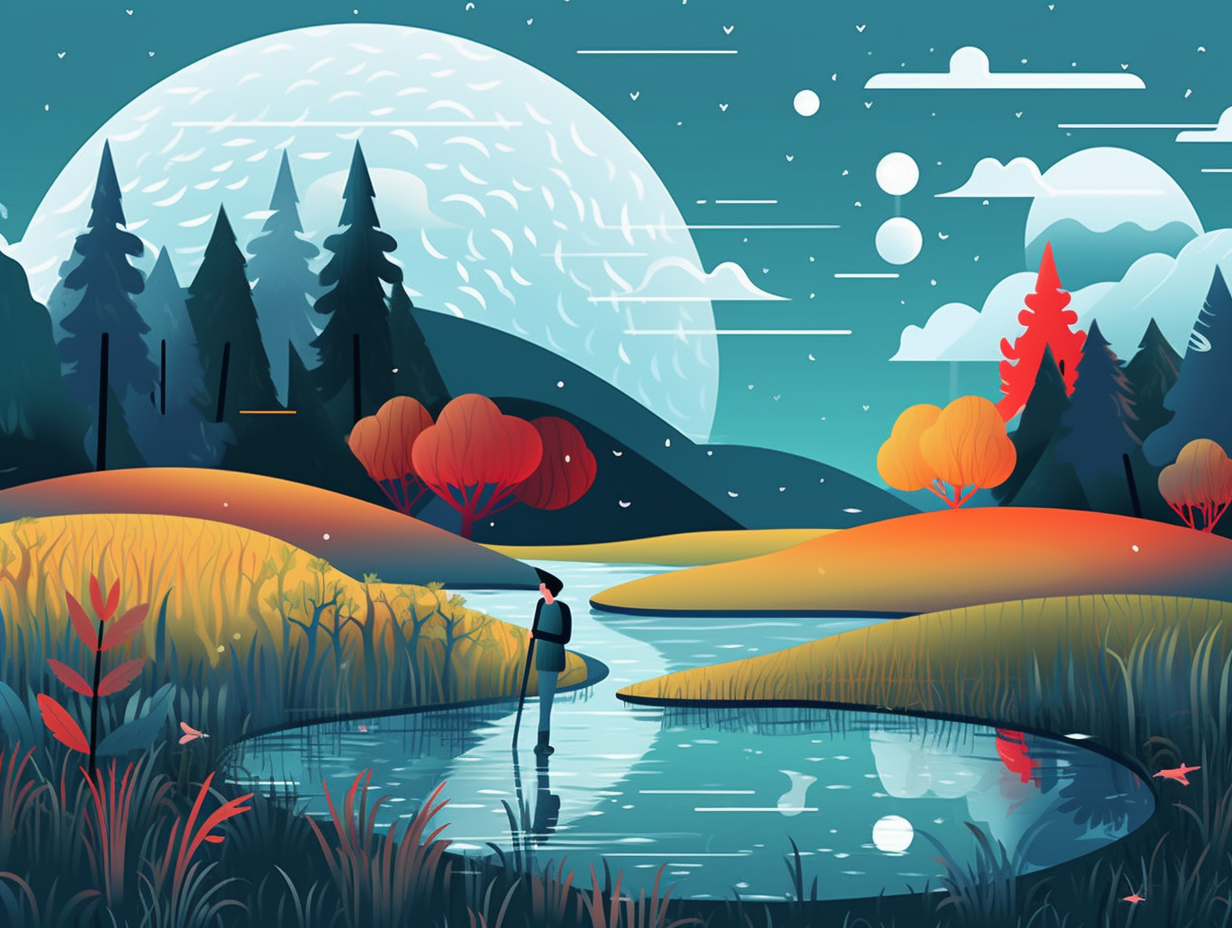
10. Raindrop Identity Crisis
Raindrops keep falling on my head, but did you ever wonder what shape they're in during their crash landing? You'd be surprised to discover that raindrops have a bit of an identity crisis as they grow: As tiny drops, they're as round as a spherical emoji, but as they grow larger and face the wrath of air pressure, they go from round to pancake-flat, developing their own personal Watergate-like depression. And that's not the end of it, when the raindrop reaches a whopping 4 mm radius, it turns into a water-filled baggy doughnut ready to break into smaller droplets upon impact: This is all due to surface tension and air pressure, causing them to morph from spherical cuties to flattened sad sacks before eventually breaking apart into their original petite selves.
Source => usgs.gov
11. Sun: the Evap-orator
Who knew that the sun was such a natural-born evap-orator, dazzling us with its liquid-to-gas magic tricks and sky-high performances? Here's the serious scoop: the sun's energy is the star of the water cycle, powering evaporation, which turns water into vapor that rises, cools down, and condenses back into liquid form, all thanks to our beloved big ball of fire.
Source => legendsoflearning.com
12. Urbanite Rainwater Journey
When it rains, it doesn't just pour—it strolls down city sidewalks like a trendy urbanite out for latte: In urban areas, precipitation often travels through streets, heading into stormwater drains, flowing through underground pipes, and eventually making a hipster's splash back into nearby creeks, rivers, or reservoirs. Who knew our concrete jungles were also part of the water cycle's red carpet?
Source => metroconnects.org
13. Glaciers: Frosty Hoarders
Snow way, do glaciers just chill there? As it turns out, they're a bunch of total ice-hoarders: Around 68.7% of Earth's total freshwater is stashed in ice caps and glaciers, which form when snow engages in a slo-mo foxtrot, dancing its way from fluff to ice, then gracefully carving its own path in valleys and fjords. These frosty formations play a key role in the water cycle - and water supply - around the world.
Source => usgs.gov
Related Fun Facts

